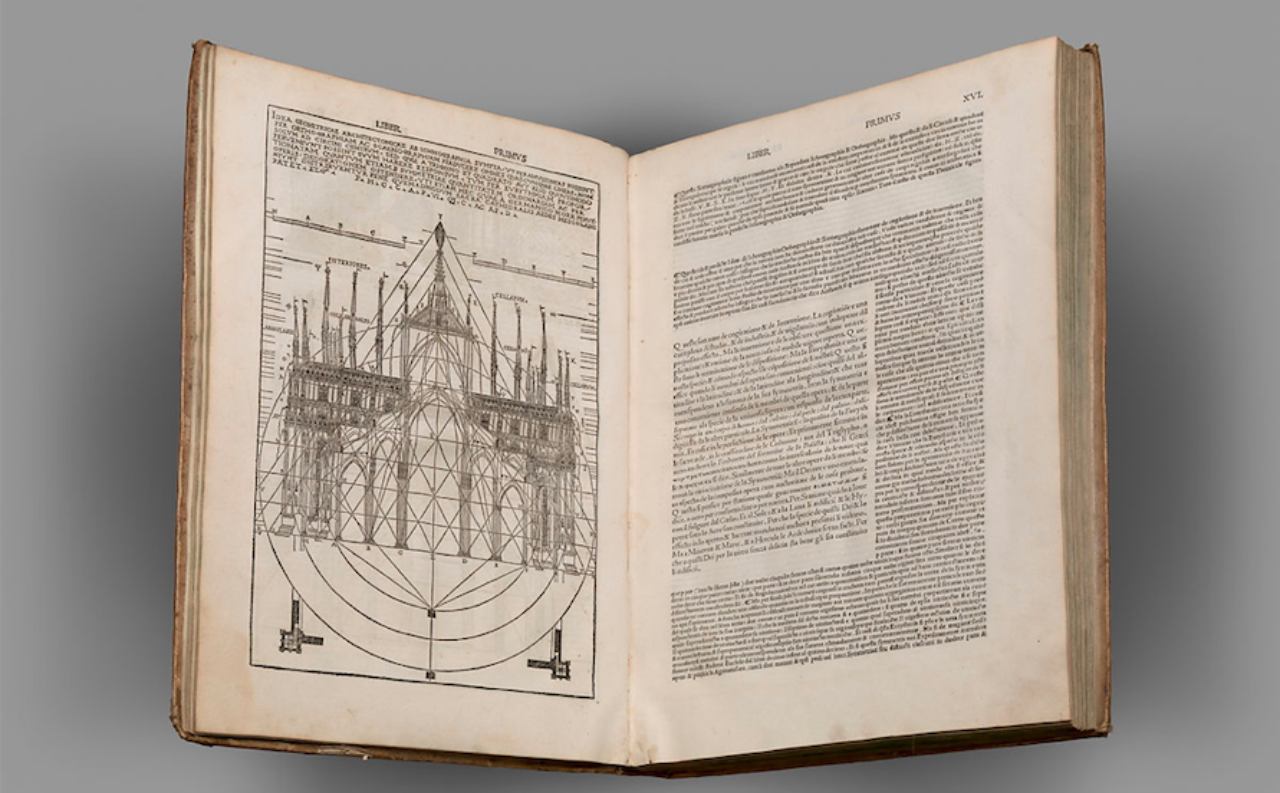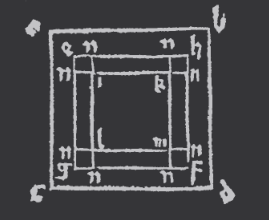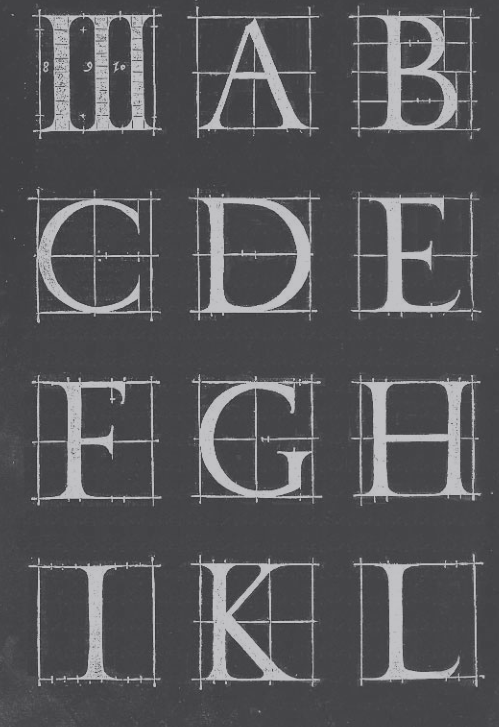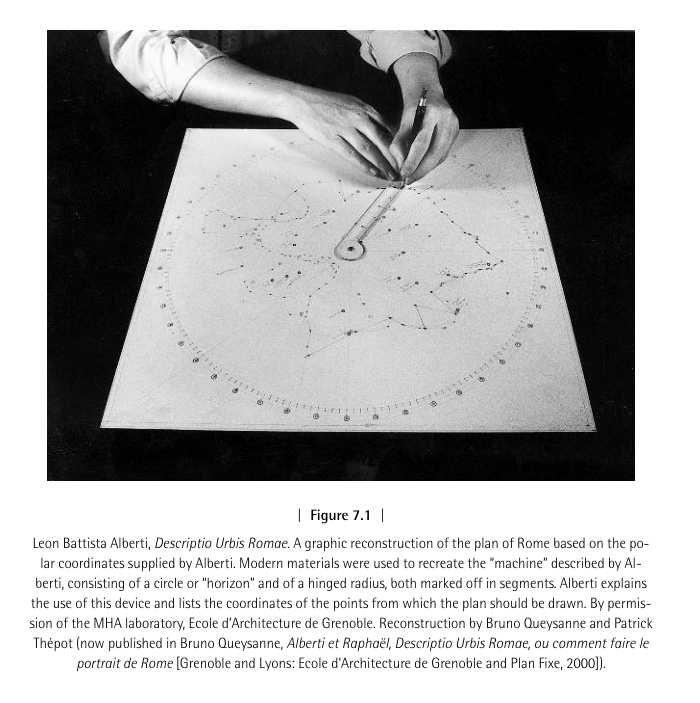created 2025-04-15, & modified, =this.modified
tags:y2025architecturepaperbooks
Why I’m reading
I enjoyed The Second Digital Turn - Design Beyond Intelligence by Mario Carpo enough to trace Mario Carpo further, with this earlier book which focuses on ”orality, writing, typography, and printed images in the history of architectural theory”.
In recent reading I’ve been tracing the history of the book, and with it writing, because I want to place myself in those early times.
Thomas Moore’s Utopia already anticipated the construction of identical houses and cities. The Industrial Revolution made this abstract goal a material possibility, with various cultures and traditions reacting differently to the imposed new means of production.
Apparently millions of people with freedom of choice are not embarrassed to wear the same raincoat. Nor do these people seek, as my grandmother would probably have advised, to personalize their coats with some original change that would turn the general into the particular—a mass-produced object into a customized one, a unique and irreproducible individual creation.
Thought
I did not really consider it this way, nor internalized this grandmotherly advice - but I wonder if some of this sentiment is present in Subtle fashion - pins?
I find myself hiding little pins on my clothing (two kissing ghosts, or the moon, or a bat). I don’t really do this to be noticed (if anything it feels juvenile), but it is small pleasure.
I have heard of this pinning in punk cultures, and even with retail workers. It could be an aspect of this individuality impulse in a homogenous landscape.
American hotel chains display with pride their individual logos, on every continent. When you arrive though, in a literal and metaphorical sense, you are int he same climate. Even discreet exotic touches are part of the standard plan.
We ask can ask ourselves “what the practice of architectural imitation could have been in an age when images could neither be reproduced nor transmitted with any precision.”
Five architectural orders Tuscan, Doric, Ionic, Corinthian, Composite.

Architectural design was one of many disciplines whose history was directly and permanently affected by printed images.
Thought
Architecture of software.
The Second Digital Turn - Design Beyond Intelligence by Mario Carpo was partially about how computers and the digital age affected design. Can we think about Architecture of Software in this way to any benefit? What role do the books, and frameworks play in the building of software architectures, or structuring of teams who would develop them?
Programs are digital, what affects them? Not printed image so much, as above.
I can’t fully wrap my head around this, or express it and I’m not sure if it is a meaningful question.
Vitruvius, Text and Image
De architectura
Architectural Treatise of Vitruvius composed towards the close of the 1st century BCE by the Roman Marcus Vitruvius Pollio. It received a modern rebirth 1500 years after written, but the Latin text was missing illustrations, so many sought to fill the gaps. From 1511 on, a succession of field experts labored to “restore” to the text the images that had been lost, forgotten and destroyed – an undertaking that continues and could go on forever.
From references to them in the text, it is known that there were at least a few illustrations in original copies (perhaps eight or ten), but perhaps only one of these survived in any medieval manuscript copy. This deficiency was remedied in 16th-century printed editions, which became illustrated with many large plates.

What the reader wants is some supplement to the text, a visual clarification of its most notoriously baffling passages. And indeed Vitruvius promises illustrations, even alluding to accompanying figures. What happened to them? Without illustrations, the Vitruvian text is not a technical treatise but a book of mysteries.
In (1540) Serlio reflected on how unlikely the illustrations disappeared by chance and suspect that Vitruvius had deliberately omitted them, knowing that without illustrations, numerous passages would be incomprehensible as this would be preferrable than “to tech the multitudes of those who do not understand.”
What is most striking about these lost illustrations to an architectural treatise is that none of them represented architectural objects.
But when, also in book ten, Vitruvius struggles to describe a water organ (as far as can be understood he refers to some sort of water- driven musical instrument), the author’s embarrassment is evident; so complicated is this mechanism, Vitruvius finally admits, that his description will be comprehensible only to those who have already seen such a machine. As for the rest of us, Vitruvius does not supply us with any drawing or diagram. His advice is to seek out the original, the machine itself.
Vitruvius hoped that his text would be reproduced, and not surprisingly he abstained from the use of images that would not have been reproducible. Like many other ancient authors of scientific and technical treatises, Vitruvius would not have risked burdening his text with complex images because, as all of his contemporaries knew perfectly well, no such image could be faithfully copied or reproduced along with the manuscript text.
Scriptorium
The scriptoria of the second century must have been highly efficient. A text was read—dictated—to a room of scribes. It was a publishing venture with little risk: a reader dictates, twenty amanuenses take down, and at the end of the operation one is left with, in principle, twenty similar versions of the same text. Images cannot be dictated in the same fashion.
Pliny advised authors of technical works to abstain from images in the text. Images would be corrupted in the hands of copyists.
Vitruvius doesn’t complete architectural models, real or ideal. What Vitruvius has transmitted was names and proportions.
Architectural Knowledge in the Middle Ages: Orality and Memory Versus Script and Image
Genealogies of manuscript illuminations, copied again and again over the course of centuries.
Gothic pinnacle was defined by successive scaling of cubes. It is no easy task to describe in words alone the decorative program of a medieval cathedral.

A verbal discourse, to be learned by heart, had the advantage of being invisible. There was always a danger of forgetting, but as long as initiates kept quiet, at least there was no danger of accidentally exposing their secrets.
Before the era of mechanical reproduction of images, images were of marginal importance to communicate architectural experience. It was done hands on and through memorization. Verbal discourse was privileged.
Gothic architecture, an isomorph of Scholastic thought, articulated itself around a logical division of the tectonic (or other) functions of the building. Construction components, like the components of a philosophical discourse, are organized hierarchically, and at each level of this scale, the architectural elements count primarily as members of a class, independent of the diversity of their architectural forms.
Medieval builders were great travelers. According to guild statutes, travel was a requirement for training in the building trades. The English equivalent is the journeyman or man who travels.
Where works of art cannot be transported only the mobility of artists seems to explain the transmission of certain ideas, images, or technical skills.
Architectural Drawing in the Age of Its Mechanical Reproduction
Ong the alphabet was the first technologizing of the world. A drawing could not be memorized or dictated, or copied verbatim for the good reason that it is not composed of verba, words made of standardized and infinitely repeatable letters or symbols.
Xylography or woodcut printing.
Verbis solis, words alone.
Architecture delocalized itself —an early example of community without propinquity (or rather of propinquity mediated by new communications technologies). For many Renaissance architects, the Pantheon and the Colosseum were not places in Rome. They were places in books
In Raphael’s time, imitation was considered a creative act. With respect to the normative traditions of the middle ages, imitation was a liberating and almost revolutionary gesture.
Serlio inherited Raphael’s project. He transformed it into an inheritance of a diverse set of structural and decorative elements, into a highly formalized language subject to the same rules (grammatical, syntactical) as linguistics discourse.
Walter Benjamin ”The Work of Art in the Age of Its Mechanical Reproduction” was primarily focused on photography, cinema. Photography and cinema, represented two successive stages in the adaptation of media to artistic creation.
- Photography reconstructs the appearance of objects that were not originally conceived to be reproduced. The reproduction betrays the authenticity aura of the original object.
- The artist consciously considers the specific means of communication of which he or she makes use, and this awareness is integrated into the creative act. Repetition becomes repeatability, a criterion for artistic conception. This progression is seen - first prints distributed images of ancient architectures that had not been intended to be seen in that medium. Then, reproductions were explicitly designed for reproducibility.

Triumph and Censorship of the Printed Book
Gregory the Great and the “Bible of the Poor” - Images were the literature of the illiterate.
Pope Paul IV in 1559 forbid modern language editions of the bible, except with explicit holy grants with the idea that every modern translation brings about more harm than good. By contrast, in Protestant countries the policy of a “Bible in every house” had created a mass market for an inexpensive product, an advantage that publishers in Catholic lands were forced to do without for some centuries.
Everything but the idea of printing a book was available long before Gutenberg.
Decline and Fall of Typographic Architecture
In the lexicon of 16th century architecture, the term rule denoted the transcription of an object’s physical dimensions into a set of proportions. This abstraction, algorism allowed the method of orders to become universal.
sometimes a minor or even marginal innovation can bring about the sudden maturity and success of some product or process that had for a long time been evolving in a fluid state.

Francesco di Giorgio - drawing is the architect’s most essential instrument. It is nevertheless not universal; there are objects that neither painting nor writing are fit to represent. Drawings cannot describe surfaces that have been covered over or are invisible.